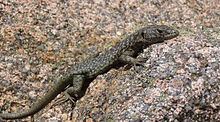Subphylum Vertebrata Suborder Sauria Scientific name Archaeolacerta bedriagae Rank Species | Phylum Chordata Higher classification Archaeolacerta | |
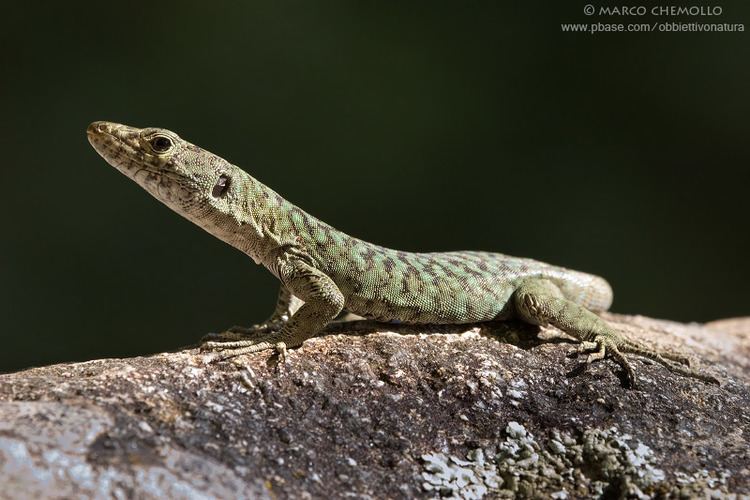 | ||
Similar Fitzinger's algyroides, Tyrrhenian wall lizard, Algyroides, Sharp‑snouted rock lizard, Greek rock lizard | ||
The Bedriaga's rock lizard, Archaeolacerta bedriagae, is a species of lizard in the Lacertidae family. It is monotypic within the genus Archaeolacerta. It is only found on the islands Corsica (A. b. bedriagae) and Sardinia (A. b. sardus). The name Lacerta bedriagae is also used.
Contents
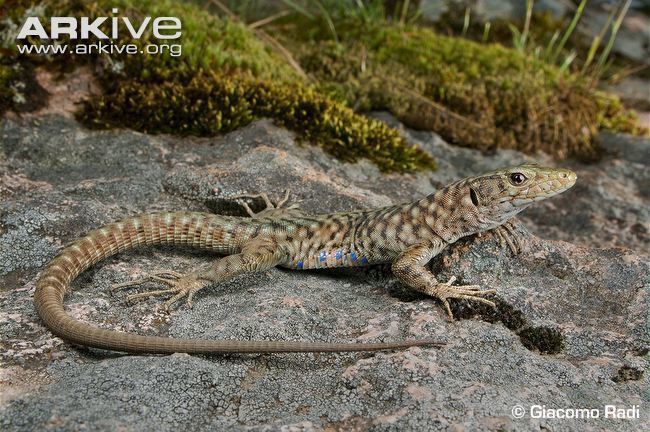
Etymology
Both the common name and the specific name, bedriagae, are in honor of Russian-born herpetologist Jacques von Bedriaga.
Habitat
Its natural habitats are temperate forests, temperate shrubland, Mediterranean-type shrubby vegetation, rivers, rocky areas, pastureland, and rural gardens.
Conservation status
It is threatened by habitat loss.
Description
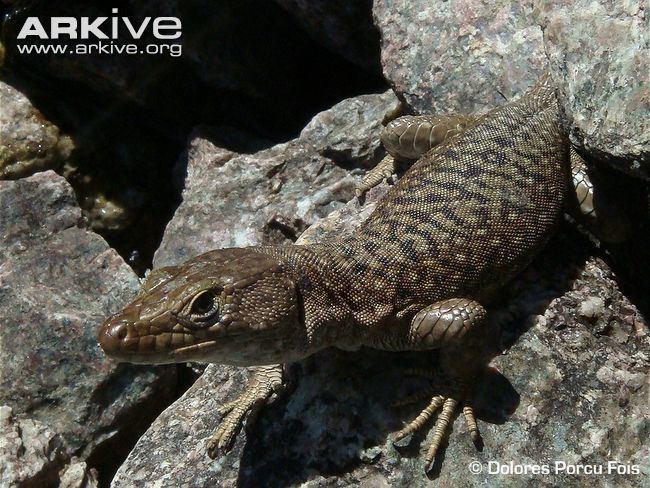
Adults outside the mating season are brownish-grey with a dark, fine-lined net pattern on their backs. The female is browner than the male, and the male in mating season acquires a blue belly, blue loins and blue dots on the flank. The netlike pattern seems to turn into a pattern of white dots. Juveniles are discernible by their bright azure blue tails. The adult males can grow to a total length (including tail) of up to 30 cm (12 in). However most specimen do not get longer than 25 cm (9.8 in) in total length.
Ecology
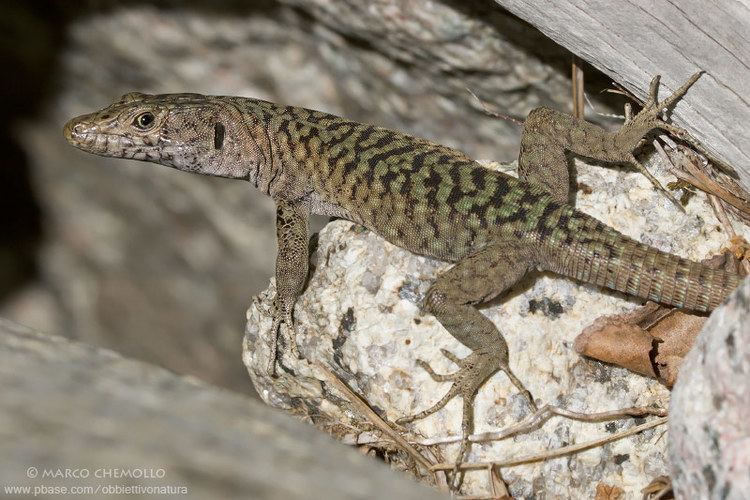
Bedriaga's rock lizards climb vertical rocks, cliffs, walls and ruins. The species is found in mountainous regions, mostly between 600 and 1,000 m (2,000 and 3,300 ft) above sea level, but it is also found along the coast, sunbathing near small streams. When frightened, the lizards sometimes try to escape in the water; they are good swimmers. Their diets consist of insects and other small invertebrates. Peculiar to this lizard, it jumps off the ground often to catch flying insects. Most other Lacertidae cannot make high jumps to catch their prey.
This rare species is protected by CITES.
